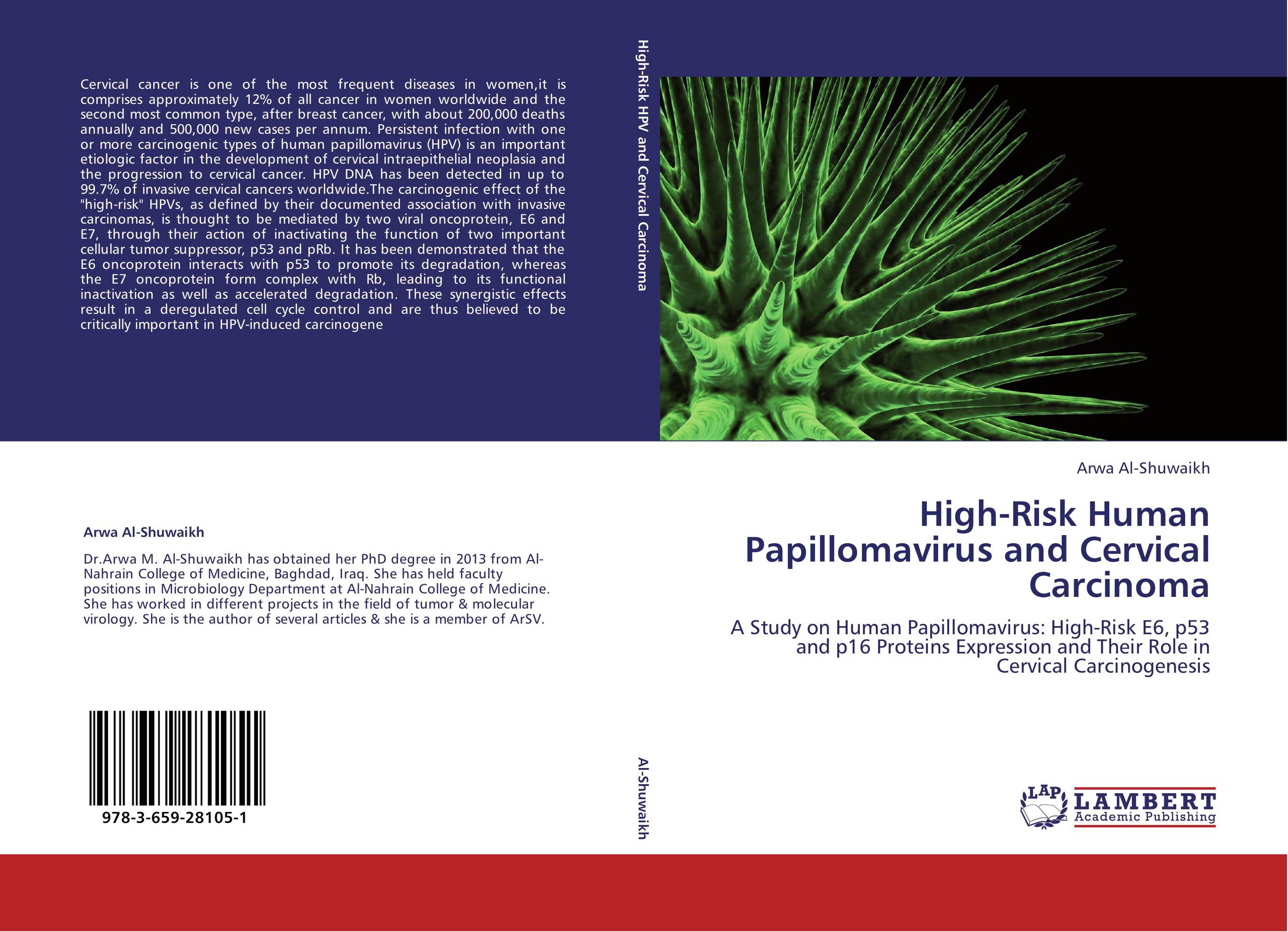| Поиск по каталогу |
|
(строгое соответствие)
|
- Профессиональная
- Научно-популярная
- Художественная
- Публицистика
- Детская
- Искусство
- Хобби, семья, дом
- Спорт
- Путеводители
- Блокноты, тетради, открытки
High-Risk Human Papillomavirus and Cervical Carcinoma. A Study on Human Papillomavirus: High-Risk E6, p53 and p16 Proteins Expression and Their Role in Cervical Carcinogenesis

В наличии
| Местонахождение: Алматы | Состояние экземпляра: новый |

Бумажная
версия
версия
Автор: Arwa Al-Shuwaikh
ISBN: 9783659281051
Год издания: 2013
Формат книги: 60×90/16 (145×215 мм)
Количество страниц: 132
Издательство: LAP LAMBERT Academic Publishing
Цена: 33510 тг
Положить в корзину
Позиции в рубрикаторе
Отрасли знаний:Код товара: 114458
| Способы доставки в город Алматы * комплектация (срок до отгрузки) не более 2 рабочих дней |
| Самовывоз из города Алматы (пункты самовывоза партнёра CDEK) |
| Курьерская доставка CDEK из города Москва |
| Доставка Почтой России из города Москва |
Аннотация: Cervical cancer is one of the most frequent diseases in women,it is comprises approximately 12% of all cancer in women worldwide and the second most common type, after breast cancer, with about 200,000 deaths annually and 500,000 new cases per annum. Persistent infection with one or more carcinogenic types of human papillomavirus (HPV) is an important etiologic factor in the development of cervical intraepithelial neoplasia and the progression to cervical cancer. HPV DNA has been detected in up to 99.7% of invasive cervical cancers worldwide.The carcinogenic effect of the "high-risk" HPVs, as defined by their documented association with invasive carcinomas, is thought to be mediated by two viral oncoprotein, E6 and E7, through their action of inactivating the function of two important cellular tumor suppressor, p53 and pRb. It has been demonstrated that the E6 oncoprotein interacts with p53 to promote its degradation, whereas the E7 oncoprotein form complex with Rb, leading to its functional inactivation as well as accelerated degradation. These synergistic effects result in a deregulated cell cycle control and are thus believed to be critically important in HPV-induced carcinogene
Ключевые слова: Cervical carcinoma, Human Papillomavirus (HPV)



